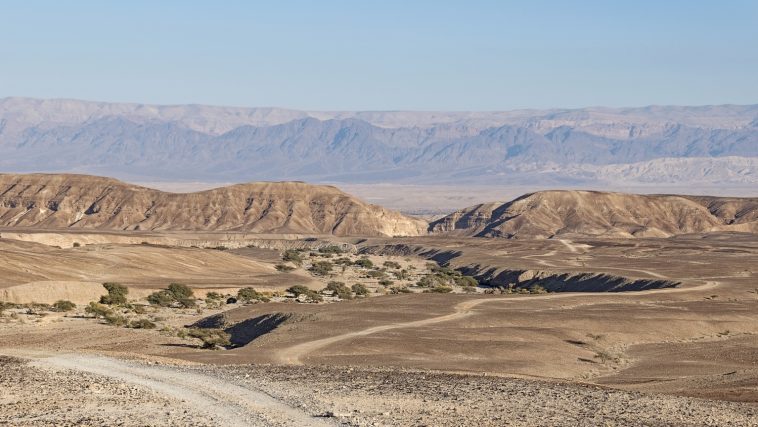[Originally published in 2014 as More Archaeological Evidence That Supports The Bible]
Back in the late 1980s and the early 1990s, it was fashionable among certain archaeologists to claim that Biblical characters such as King David never existed. However, archaeological finds like the Tel Dan Stele forced most of these archaeologists to admit that King David was, indeed, an actual historical figure.
But many of them still wanted to doubt the accuracy of the biblical text. As a result, they grudgingly admitted that David really existed, but they claimed that the Old Testament “glorified” him. He wasn’t the king of a mighty kingdom, as depicted in the Bible. Instead, he was more of a tribal chieftain who commanded a rag-tag group of rural villagers. National Geographic, for example, describes how Dr. Israel Finkelstein, an archaeologist at Tel Aviv University, sees it:1
During David’s time, as Finkelstein casts it, Jerusalem was little more than a “hill-country village,” David himself a raggedy upstart akin to Pancho Villa, and his legion of followers more like “500 people with sticks in their hands shouting and cursing and spitting—not the stuff of great armies of chariots described in the text.”
While this might be the fashionable view among certain archaeologists, the actual archaeological evidence speaks strongly against it. As I discussed earlier, the excavations at a large city called Khirbat Qeiyafa have demonstrated that in the late 11th century BC (David reigned in the early 10th century BC), Judah was already a thriving kingdom. Just recently, more archaeological evidence has surfaced to back up this view of ancient Judah.
Archaeologists from Michigan State University have been excavating a 10th-century BC village called Khirbet Summeily in Israel’s Negev Desert. It is a very small village, but its significance comes from where it is located — near the border between what was Judah and what was the land of the Philistines. The archaeologists who are excavating the site hope to find out how this small village interacted with two powers that were often at war with one another.
In the course of their investigations, they found six bullae: clay blobs used to seal official correspondences. This was considered an amazing find. Why? In their paper, the archaeologists say:2
The very existence of our bullae suggest a greater political complexity and integration across the transitional Iron I/IIA landscape than has been acknowledged by many recent scholars who tend to dismiss trends toward political complexity occurring prior to the arrival of the Assyrians in the region in the later eighth century b.c.e.
Please note that “the transitional Iron I/IIA” time period includes the time when David reigned. Also, “b. c. e.” stands for “before the common era,” and it is generally used to replace “BC” so that there is no explicit reference to Christ in historical dating. So, the authors are saying that because this small village got official correspondences, there was a complex political structure in place in Judah at the time of King David and before. This is precisely what the Old Testament reports, and it is precisely not what archaeologists like Dr. Finkelstein want to believe.
A Michigan State University press release is even more explicit. It quotes the lead author, James W. Hardin, as saying:
“Some text scholars and archaeologists have dismissed the historic reliability of the biblical text surrounding kings David and Solomon, such as recorded in the Bible in the books of Kings and Second Samuel, which scholars often date to the Iron Age IIA or 10th century B.C,” Hardin said.
“The fact that these bullae came off of sealed written documents shows that this site — located out on the periphery of pretty much everything — is integrated at a level far beyond subsistence,” he said. “You have either political or administrative activities going on at a level well beyond those typical of a rural farmstead.”
As time goes on, I expect more archaeological discoveries will support this one as well as the conclusions of those who are excavating Khirbat Qeiyafa.
References
- Robert Draper, “Kings of Controversy,” National Geographic December 2010, pp. 66-91
- James W. Hardin, Christopher A. Rollston and Jeffrey A. Blakely, “Iron Age Bullae from Officialdom’s Periphery: Khirbet Summeily in Broader Context,” Near Eastern Archaeology 77(4):299-301, 2014






